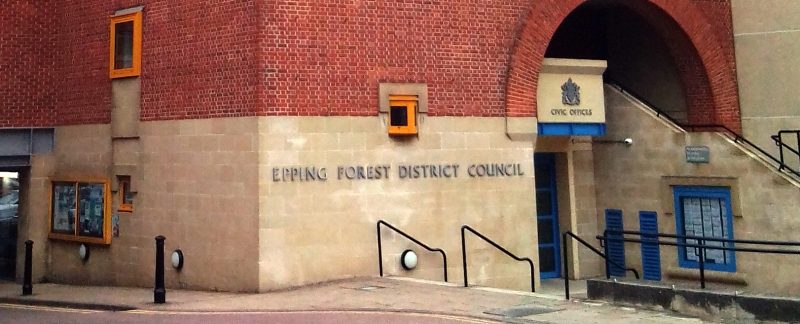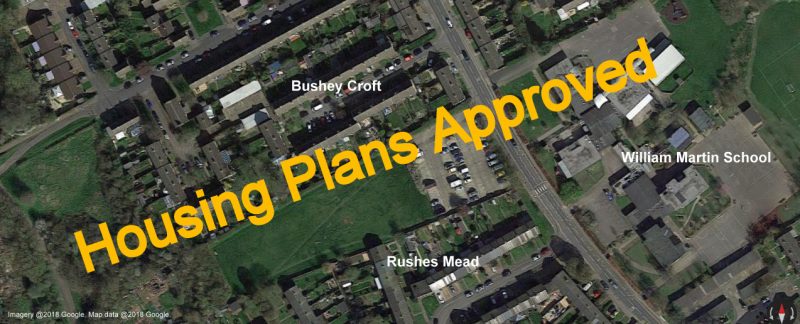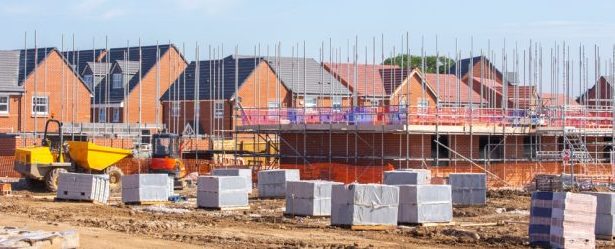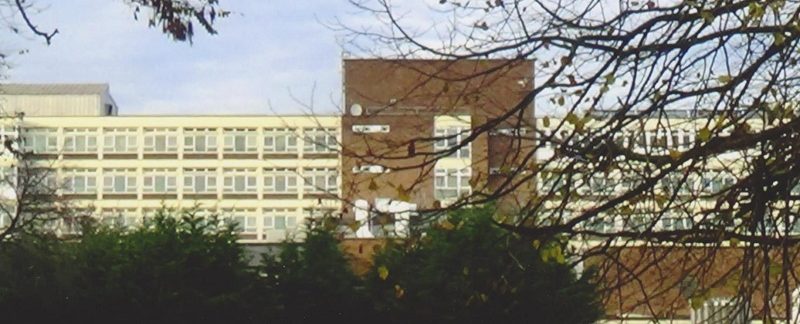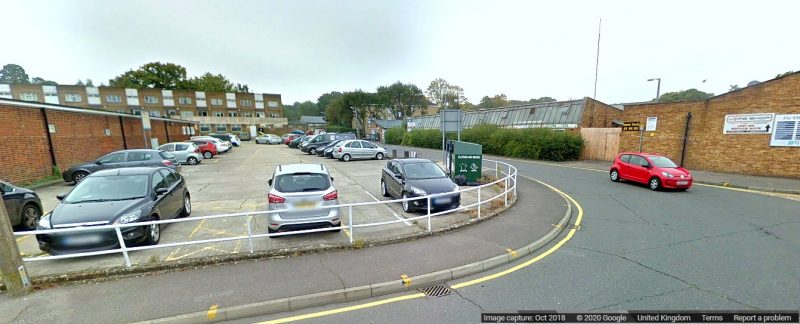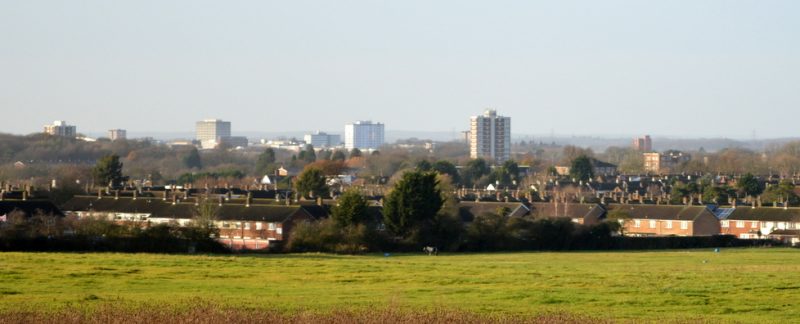You might have thought that having written only last month about Epping Forest DC (EFDC’s) response to the ONS predictions on future household numbers that I would not need to write again.
However, in the parallel world outside of the Local Plan, developers to their credit have continued to look for brown field sites in Harlow on which to build homes. Taken in isolation this may not be seen as important as far as the Local Plan of EFDC is concerned, but as we know, part of their Local Plan forms one part of The Harlow and Gilston Garden Town, meaning that as things stand residents of this town will be receiving services from three District Councils and two County Councils.
At the time of the hearings of Harlow District Council’s (HDC) Local Plan in 2019, an uplift of some 14% (about 1600 homes) was being reported, one of the highest percentages in the country. Within months, if not weeks, new Planning Applications had taken this to over 2000 homes.
Events since I last wrote have prompted me to write again, because a number of significant Planning Applications are or have been forthcoming, joining those made earlier in the year. These have added a further 1069 homes, none of which are in Harlow Council’s Local Plan.
Most are in the town centre, and are seen as a way to provide a more modern and vibrant town centre and to reduce the reliance on the use of a car. There is no doubt that more Planning Applications on brown field sites are on their way.
The infrastructure proposals in the EFDC Local Plan as they affect Harlow, do not take any account of this huge excess in the number of homes which may well be built in Harlow and just for example the effect such numbers may have on Epping Forest.
By way of a conclusion, there is simply no need to build homes on the Green Belt surrounding Harlow, a sufficient numbers of homes within the borders of The Harlow and Gilston Garden Town have already been identified.
Nicholas Taylor
Leader of Harlow Alliance Party

